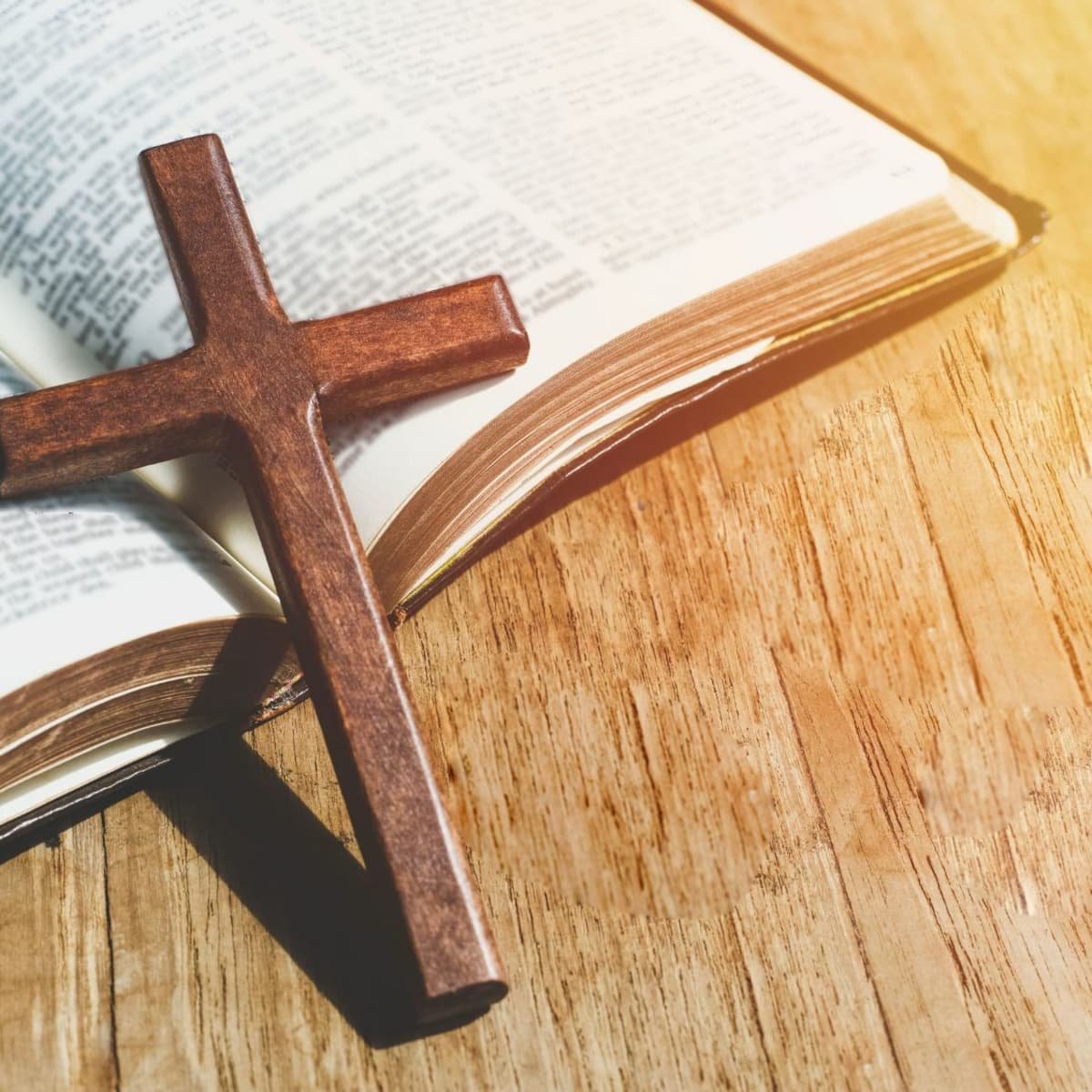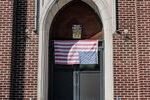Spiritual Frameworks: Faith and Family in Israel at War
In the quiet moments between sirens, as conflict with Iran erupted earlier this month, I became increasingly aware of the two distinct spiritual languages within our home. One form of faith is instinctive and spontaneous—a product of growing up in a land where the sacred is woven into everyday life. The other is reflective and intentional, nurtured by the values that my husband and I deliberately pass on.
Even though our children are raised in Israel—a place where the very earth seems to nurture belief—we also understand that even the most fertile soil needs careful tending. While my own journey to spirituality followed a reflective, inquisitive path filled with gradual insights and questions, I continue to marvel at how naturally my children engage with the divine as a living presence rather than as an abstract concept.
Iran Strikes Israel
Last Shabbat, when the first wave of attacks from Iran forced us into lockdown, we gathered in our shelter with a palpable mix of fear and steadfast faith. As we began reciting prayers and Tehillim, I noticed how effortlessly my youngest daughter—born here and raised amidst these traditions—transitioned into a state of prayer. There was no hesitation or performance; it was an automatic shift toward a language of supplication deeply ingrained through daily life.
That same evening, with synagogues closed and the sound of sirens still echoing, our family came together to welcome the Sabbath at home. The prayers were filled with intensity, quiet appeals, and personal whispers to God. Even the child who often questions and challenges belief joined in naturally. It is a profound truth of raising children in Israel: spiritual development often arises not just from formal education but through continuous exposure to the pressing realities of life—shelters, sirens, loss, and recovery—all of which create an environment where the divine is encountered directly.
Reflecting on this, I recall a teaching that reminds us that light and darkness are intertwined—a metaphor for how sacred moments emerge from everyday experiences. Whether it is a soldier quietly studying a sacred text at a bus stop or children pausing in their play to observe ritual details, these small acts are the steady pulse of life here. They continuously reshape our understanding of God from a distant idea to an ever-present force. While moments of existential intensity naturally lead to a heartfelt turn toward God, my husband often reminds me that mere immersion in this atmosphere is not enough. We intentionally set aside spaces and moments for conscious, deliberate religious choice.
For example, while keeping kashrut can be almost second nature amid communal norms, we have chosen to observe additional practices to ensure that our children not only inherit their faith but also engage with it thoughtfully. We have shaped our daily life so that Halacha remains a living language of values, boundaries, and intentionality.
A Transformative Visit to the Mikveh
Recently, I experienced the tension between the spontaneous and the deliberate during a visit to the mikveh. As a siren sounded, several of the women rushed mid-preparation to the bomb shelter. Later, while I was emerging from the water, the attendant gently asked if I wanted to pause and pray. I was surprised—not by the invitation itself, but by the realization that I hadn’t considered pausing to connect with God in that moment.
Raised within the structured framework of halachic practice, I had always understood immersion in the mikveh as the purposeful fulfillment of a divine command—a ritual that needed no embellishment. However, the attendant’s simple invitation illuminated another facet of spirituality, one where the act of ritual becomes a threshold to intimate communion with the divine, an opening for spontaneous prayer and heartfelt emotion.
Today, my children are learning both languages of faith. They experience God naturally in the rhythms of everyday life while also being encouraged to reflect on the reasons behind our practices. My deepest hope is that they continue to draw from the rich wellspring of sacred heritage around them, engaging with it both instinctively and intentionally. In doing so, they will grow up to be thoughtful architects of their own spiritual journey, seamlessly blending the organic with the deliberate in their lifelong relationship with the Divine.

Rockin’ the faith, one verse at a time!
Growing up, the Bible’s stories deeply impacted me. Now, with over 15 years of preaching experience, I blend timeless teachings with modern technology, making them relevant for today’s world.
Bible Hub Verse is my platform to share historical insights and thought-provoking articles, exploring both familiar and uncommon Christian topics. My passion is building a welcoming online space for everyone to learn, grow in their faith, and discover the Bible’s enduring message.
Join the journey!
God bless you.




